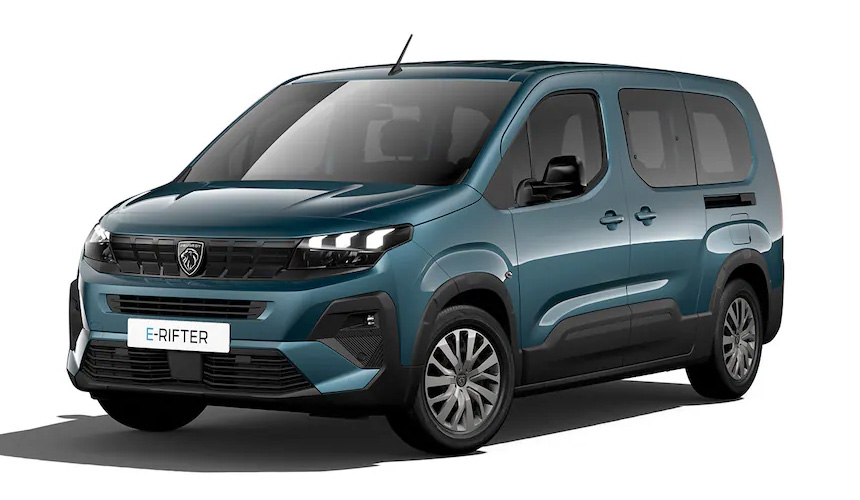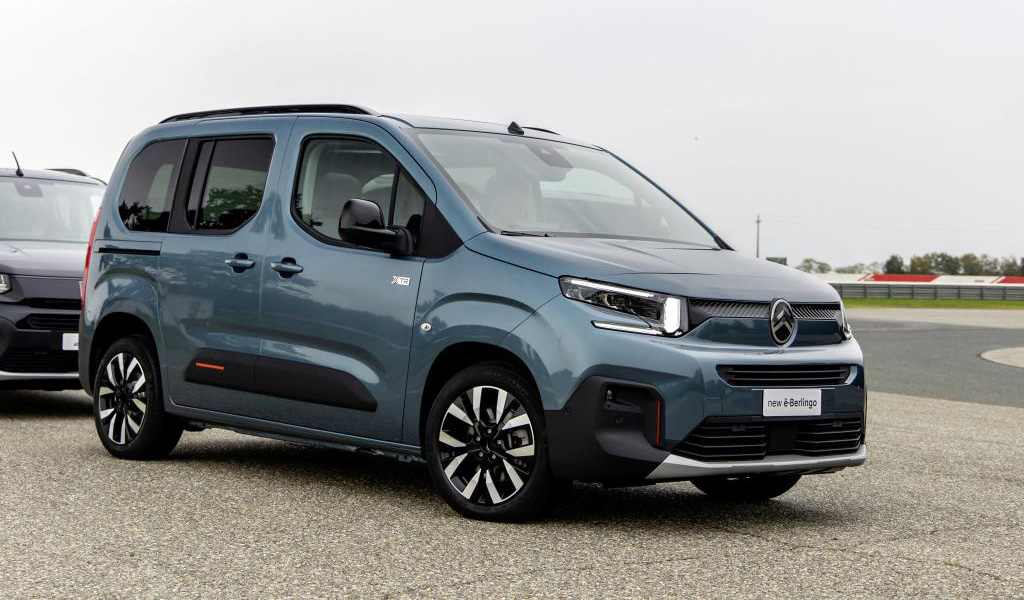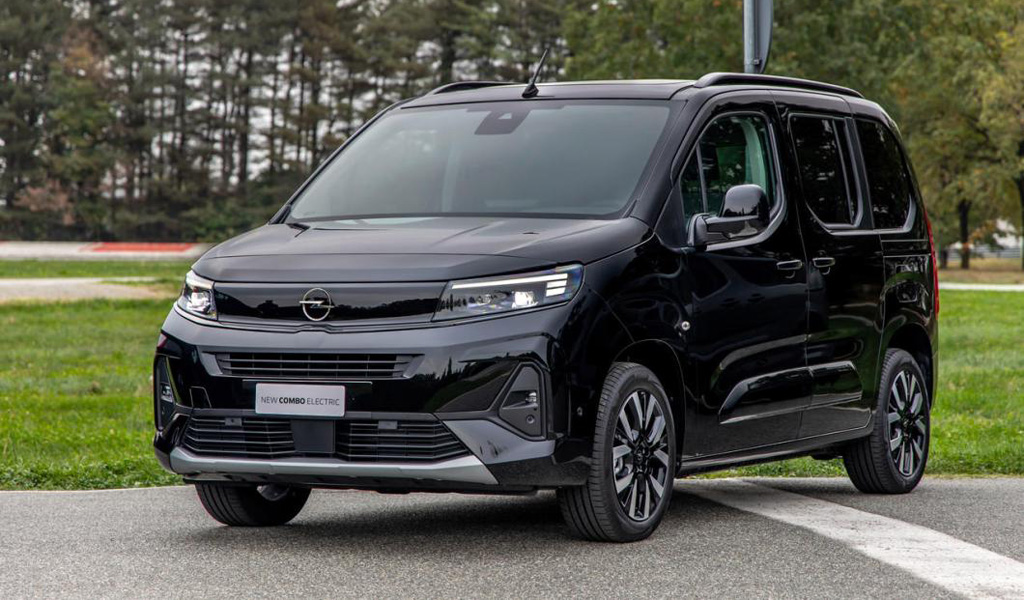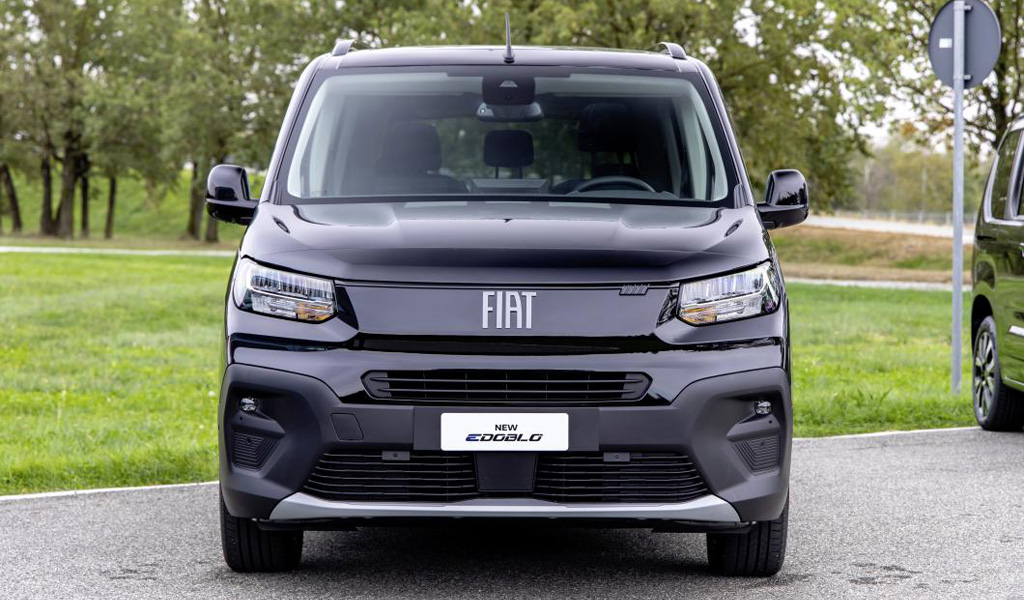
PSA Concern (now Stellantis) introduced the current European family of heels in 2018. The Peugeot Rifter/Partner, Citroen Berlingo and Opel Combo models entered the market almost synchronously, and have hardly changed since then, which means now it’s time for a planned restyling. The Fiat Doblo, presented in 2022, was also updated for the company, although its volume of improvements is insignificant. By the way, Toyota ProAce City is also included in the same family, but the Japanese company has not announced a facelift yet.
In addition to the age of five, another reason for the update was the unimpressive sales statistics. For example, in his native France, in the first ten months of 2023, the total sales of all passenger heels of the Stellantis concern amounted to only 2,096 cars. Although the direct and main competitor of Renault Kangoo sold 4872 copies, and this is without taking into account the twins under the brands Nissan and Mercedes.

In fairness, it is worth recalling that at the beginning of 2022 passenger models Peugeot Rifter, Citroen Berlingo and Opel Combo Life lost internal combustion engines in most European markets (including France): only the electric versions remained in the range. Kangoo also retained a full-fledged engine range with gasoline and diesel engines. So the current modernization is also an attempt to attract buyers to not the cheapest electric models.

First of all, the heels were refreshed in appearance. All passenger models are brought into line with the modern design language of their brands. For example, the Peugeot Rifter, like its passenger brothers, has acquired new headlights with three LED “claws” in each. The bumper and radiator grille have been changed, on which a new logo has appeared.

The branded chevrons on the nose of the Citroen Berlingo passenger heel have also been updated, and instead of two-story optics, new headlights with lower “whiskers” have appeared, like the fresh Citroen C3 hatchback. Opel Combo Life, of course, has acquired a new face in the Vizor corporate style, which is already common throughout the passenger range. It implies headlights combined into a single unit (they have been changed) and a radiator grille: a single line resembles a helmet visor.

Finally, the Fiat Doblo heel also got new headlights and a bumper, but the overall style has hardly changed. Despite the drastic changes in the design of the front, all four vans have unchanged sidewalls and stern. Two lengths are still offered: 4.40 m or 4.75 m. In both cases, seven-seat versions are available for ordering.

The cargo versions of all four models were updated back in October, and they also have new faces, but they differ from their passenger counterparts. And if the difference between Opel and Fiat versions is reduced to plastic tail, then Peugeot Partner and Citroen Berlingo vans have other headlights — simpler and more practical.
The interior has so far been declassified only for the Peugeot Rifter model, and it has hardly changed. All updated cars have an enlarged media system screen: now 10 inches instead of eight. The multimedia system itself can now be updated “over the air”, has improved voice control and support for Apple CarPlay and Android Auto wireless protocols. Connectivity has been expanded with the addition of two USB-C connectors, an additional USB-A connector and a 230 volt household outlet. Additional driver assistants are available for ordering — adaptive cruise control and a high-resolution rear-view camera.

Changes in the technical part of electric vehicles are insignificant, but important. Only one variant of the power plant with a 136 hp engine is still available. The capacity of the lithium-ion traction battery has not changed (50 kWh), but at the same time an increase in the power reserve by almost 40 km is promised — up to 320 km on the WLTP cycle. This was achieved thanks to revised algorithms for controlling the electrical system and the introduction of a heat pump, which will save electricity on heating the cabin.
There are three levels of regenerative braking available, which can be selected using the steering paddles. The chargers are the same — DC power up to 100 kW or AC power up to 11 kW. In the first case, charging up to 80% will take 32 minutes, and in the second case it will take five hours to fully charge. In Europe, sales of the updated “heels” will begin in the coming months. Prices have not been announced yet.